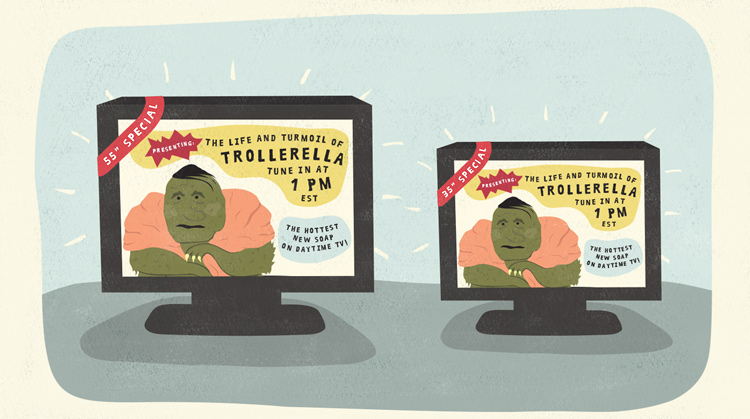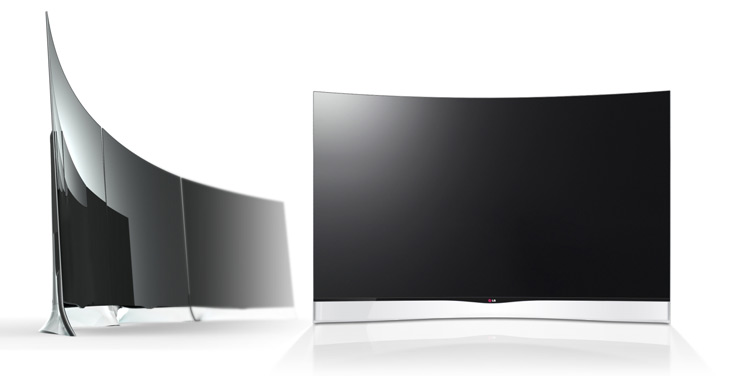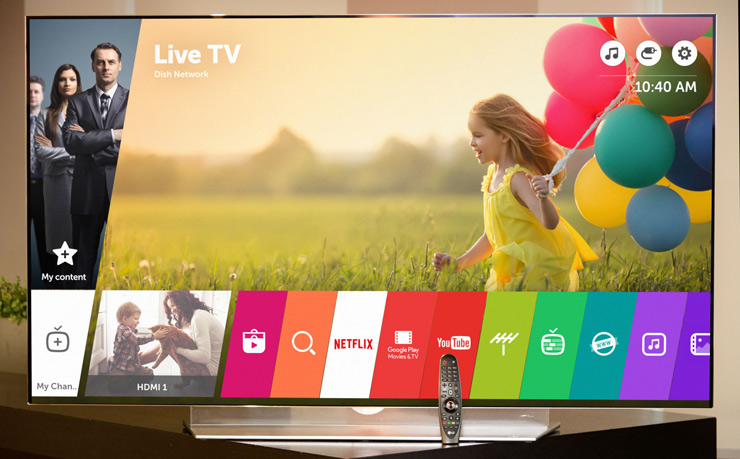Buying Other Tech Devices -
TV Buying Guide

Buying Other Tech Devices
TV Buying Guide



TVs have changed a lot over the past few years. There are many new technologies designed to make TVs look great, and prices have continued to drop year after year. However, because the technology is moving so quickly, you may notice a lot of new terms like 4K, OLED, and HDR. We've created this guide to help you make sense of it all, so you can shop with confidence.
You don't necessarily need a TV with all of the latest features. Many budget-friendly TVs have very good picture quality, and they are a fraction of the cost of high-end TVs. You should consider your needs and budget to find the TV that's right for you.

The size of the TV is one of the most important considerations. A larger TV will make movies more immersive, sports more exciting, and commercials more … commercial-y. Although larger TVs are more expensive, they are much cheaper than they used to be. For example, some 55-inch TVs can be found for less than $400.
When choosing a size, note that the viewing distance will affect how large the TV looks. If you sit farther away, you may want to buy a larger TV.
Resolution is a measure of how much detail a screen can display. Most new TVs have one of the following resolutions:
For most people, 1080p offers enough detail to make movies and TV shows look great. However, 4K Ultra HD TVs are becoming increasingly common, and they may not be much more expensive than 1080p TVs. Depending on the size of the TV and your viewing distance, 4K may not be noticeably better, so keep this in mind when deciding whether to upgrade.
For more information, read our article on understanding TV resolutions.
LED and OLED refer to the way the pixels are illuminated on the screen. Despite the similar names, they use very different technologies:

LED is probably the best choice for most people, as OLED is still very expensive (most OLED TVs are $2,000 and up). However, OLED offers a huge boost in quality, so as prices come down it will probably become a better option.
HDR (High Dynamic Range) is a feature that allows a TV to display a wider range of brightness and color, creating a more vivid image. To get the most out of an HDR TV, you’ll need to watch HDR content. Netflix, Amazon, and YouTube offer some HDR content, but it’s still fairly rare. However, even non-HDR content may look better on an HDR TV due to the enhanced contrast and color.
More HDR content will appear soon, so an HDR TV may be worth the extra money. Just look for a TV with either HDR or Ultra HD Premium in the description.
The refresh rate is a measure of how quickly the TV can change the picture on the screen. For many years, the standard has been 60Hz (or 60 times per second), which is enough to display any movie or TV show. However, a higher refresh rate allows the TV to show fast motion more clearly (which is ideal for sports), and it can also display movies more accurately and smoothly. If it’s within your budget, you should look for a TV with a 120Hz refresh rate or higher.
Unfortunately, most TV manufacturers use misleading terms like effective refresh rate or motion rate to fudge the numbers. For example, a 120Hz effective refresh rate may actually be 60Hz. You may need to do some research to find the actual refresh rate.

A smart TV has built-in apps that connect to the Internet and allow you to stream videos, listen to music, and more. For example, if you have a Netflix account, you can use the Netflix app to watch shows and movies. Some apps, such as YouTube and Crackle, are free to use and do not require a subscription.
The downside is that smart TVs often have privacy issues. They can track your viewing habits and even record your conversations. In many cases, this data is sold to third-party companies. You may be able to opt out of these features, but the process varies depending on the brand.
Many people recommend using a separate set-top streaming box (such as a Roku) instead of buying a smart TV. These devices allow you to use streaming services on any TV, and they tend to be less invasive of your privacy—although they may still track your viewing habits. In addition, their apps are usually better designed and less buggy than smart TV apps.
If you want to connect a Blu-ray player, DVR, or game console to your TV, you’ll usually plug them into the HDMI ports. To cut costs, some TVs have fewer HDMI ports, so you should make sure the TV has enough HDMI ports to connect all of your devices.
Looking for more detailed information to help you choose a TV? Check out the sites below:
/en/buying-other-tech-devices/understanding-tv-resolutions/content/